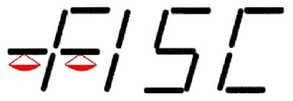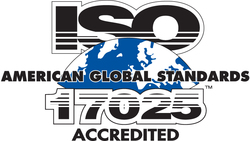Original blog re-posted from Intelligent Weighing Technologies
Can be found here:
**Click to follow link**
Balances and scales are very precise instruments and like all instruments, they perform within stated parameters. Other examples of these parameters will be dealt with in other sections, but for now we will concentrate on Linearity.
Basically, linearity is a deviation (or no deviation) from a straight line. If we draw a graph with weight at one side and displayed value on the other, a purely linear balance would show a straight 45° line from the zero point, right up to full capacity. Each time the load increases, the displayed value increases at the exact same rate, thus giving the straight line. See Fig. 1. (Please note that the errors in the graphs used below are exaggerated to provide clarity).
Basically, linearity is a deviation (or no deviation) from a straight line. If we draw a graph with weight at one side and displayed value on the other, a purely linear balance would show a straight 45° line from the zero point, right up to full capacity. Each time the load increases, the displayed value increases at the exact same rate, thus giving the straight line. See Fig. 1. (Please note that the errors in the graphs used below are exaggerated to provide clarity).
Richard Sharpe - Author
Intelligent Weighing Systems

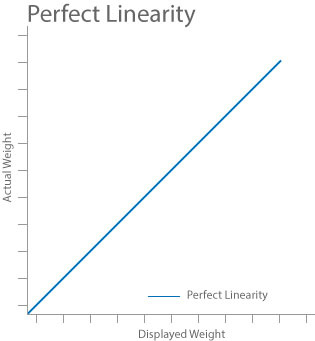
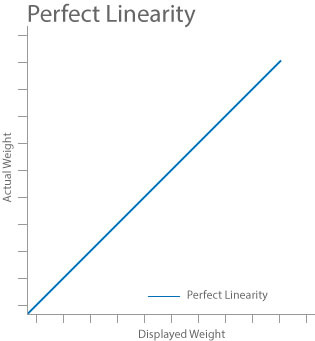
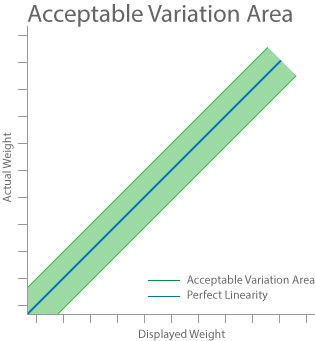
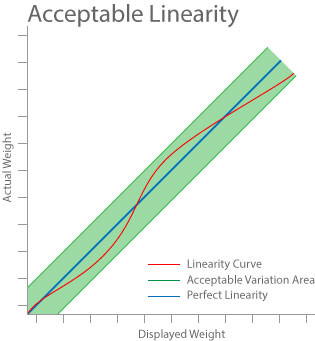
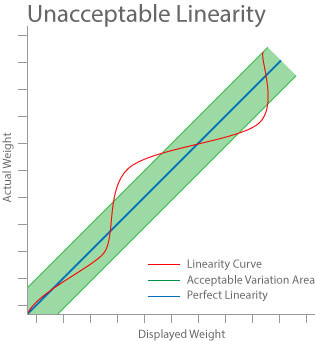
 RSS Feed
RSS Feed
